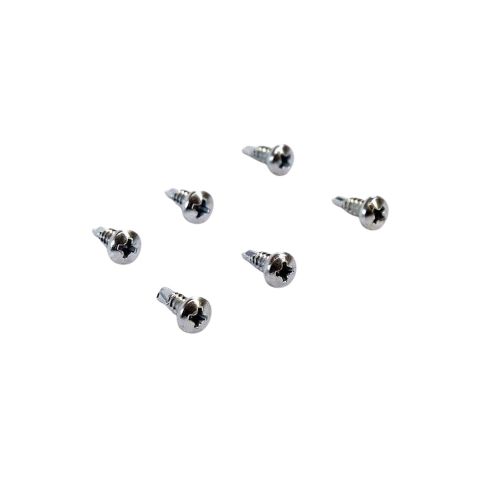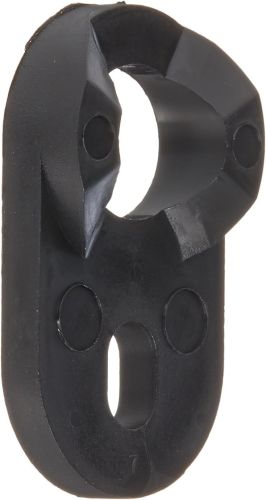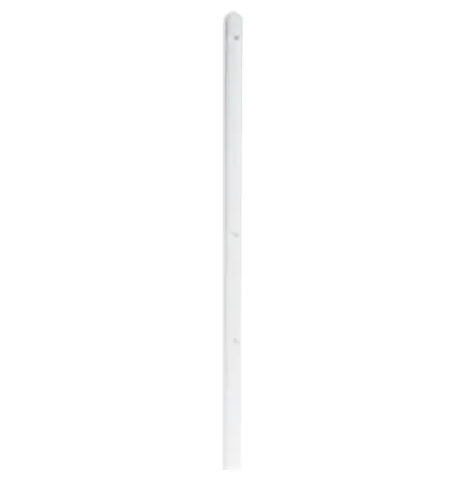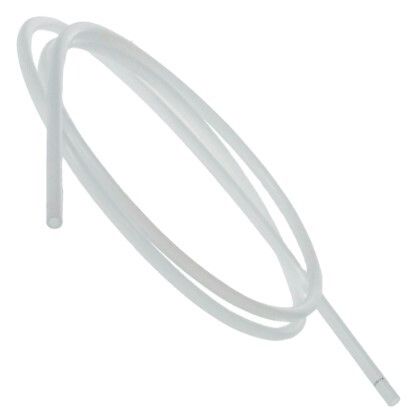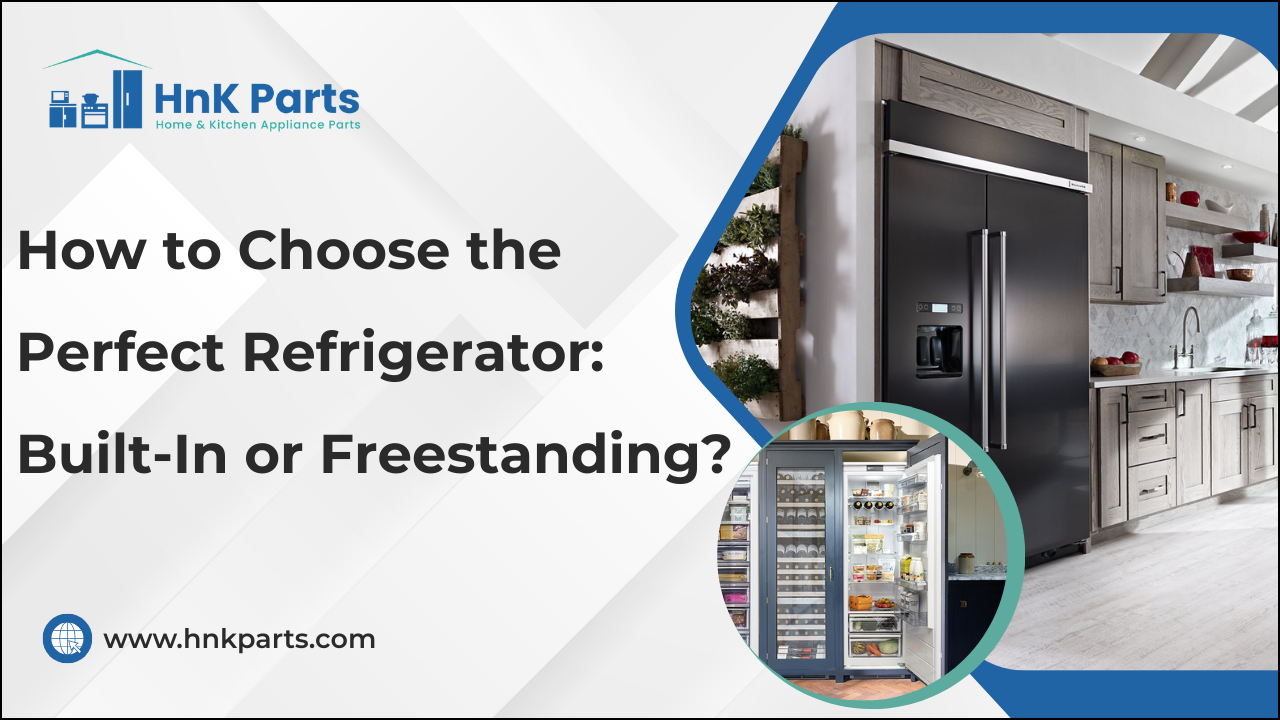
How to Choose the Perfect Refrigerator: Built-In or Freestanding?
Selecting the right refrigerator for your kitchen is one of the most critical decisions you'll make when planning your culinary space. It's not just about keeping your food fresh; the refrigerator can significantly influence the efficiency, aesthetics, and functionality of your kitchen. When it comes to choices, the two primary options available are built-in and freestanding refrigerators. Each type brings its own set of features and advantages, catering to various kitchen layouts, personal preferences, and lifestyles.
The significance of this decision cannot be overstated. A refrigerator often stands as a centerpiece in your kitchen, acting as not only a storage solution but also a reflection of your design tastes. With advancements in technology and design, today’s refrigerators come packed with features that can enhance your cooking experience, reduce energy consumption, and even style your kitchen.
In this comprehensive guide, we will delve into the details of both built-in and freestanding refrigerators, exploring their characteristics and comparing their strengths and weaknesses.
Understanding the Basics of Built-In Refrigerators
Built-in refrigerators are designed to fit flush with your cabinetry, offering a seamless and custom look. Unlike traditional refrigerators, built-ins are typically deeper than their freestanding counterparts, allowing them to match the depth of standard cabinets. They often include features tailored for high-end kitchens, such as:
-
Customizable panel options: Homeowners can opt for panel-ready models that allow the refrigerator to be finished to match kitchen cabinetry, providing a consistent look.
-
Advanced cooling technologies: Many built-ins come equipped with features such as dual cooling systems that maintain optimal humidity levels for fruits and vegetables, ensuring longer freshness.
-
High storage capacities: These models tend to offer more space in terms of width, reaching up to 48 inches, allowing for extensive food storage.
-
Professional features: Built-ins may include features like water dispensers, ice makers, and smart technology for enhanced usability.
Design aesthetics and integration with cabinetry
The primary appeal of built-in refrigerators lies in their aesthetic integration with other kitchen elements. By being incorporated into cabinetry, built-ins create a sleek, uniform appearance, which can elevate the overall design of the kitchen. Additionally, designers and homeowners often prefer these for their capacity to be customized to match the kitchen's look, integrating perfectly with the countertops and cabinets.
Understanding the Basics of Freestanding Refrigerators
Freestanding refrigerators are standalone units that can be placed anywhere within your kitchen, offering flexibility that built-ins do not. They come in a wide variety of styles, sizes, and colors to fit different needs and tastes. Common features include:
-
Diverse size options: These refrigerators are available in sizes from compact models suitable for small spaces to large family-sized units.
-
Convenient accessibility: Because they do not require installation into cabinetry, freestanding models can be easily moved or replaced, making them suitable for renters or changing needs.
-
Various configurations: Options range from top-freezer models to side-by-side and French door configurations, catering to various storage needs and preferences.
Flexibility in placement and variety in styles
Freestanding refrigerators can be installed in any position requiring proximity to an electrical outlet. This allows for creative kitchen layouts and configurations that can adapt as circumstances change. The extensive variety of styles, like retro looks or contemporary finishes, also means homeowners can express their style through their refrigerator choice.
Comparative Analysis: Built-In vs. Freestanding
When choosing between built-in and freestanding refrigerators, it's important to consider factors like installation, aesthetics, capacity, and long-term value.
Installation & placement
-
Built-in: Requires professional installation due to its fixed configuration. This means that the refrigerator must be perfectly fitted into the cabinetry, which makes it less flexible if you decide to change your kitchen layout down the line.
-
Freestanding: These refrigerators are simple to install, often requiring nothing more than plugging them into a standard electrical outlet.
Design & aesthetics
-
Built-in: Offers a seamless design with the kitchen cabinetry, making it visually appealing and often a focal point of the kitchen. Customizable paneling allows the unit to blend with kitchen colors and materials.
-
Freestanding: While available in many stylish finishes, freestanding models showcase visible sides. They are less integrated into the cabinetry, which means they may appear slightly bulkier or less polished in designs that emphasize a streamlined look.
Size & capacity
-
Built-in: Generally wider but shallower than freestanding refrigerators, often measuring up to 48 inches in width. This design is intended to optimize kitchen space without protruding considerably into the room.
-
Freestanding: Typically, they offer deeper interiors and can come in widths up to 36 inches. Their designs often focus on maximizing interior space for bulky items, such as party trays or large storage containers.
Cost implications
-
Built-in: Tend to have a much higher upfront cost due to their custom installation requirements and premium features. However, they can increase your home's value, making it a long-term investment.
-
Freestanding: More budget-friendly with a wide price range. There is an option for every budget, making them accessible for various income levels, especially in transitional housing situations.
Longevity & maintenance
-
Built-in: Typically enjoy a longer lifespan (15–20 years) as these units are constructed with higher-quality materials and often come with advanced cooling technologies. However, specialized services may be necessary, which can be costlier.
-
Freestanding: Generally last about 10–15 years and are easier to maintain and repair. Since the units are standard and more ubiquitous, finding replacement parts and service can often be simplified.
How Smart Refrigerators Use Multi-Air Flow for Superior Cooling
Pros and Cons of Built-In and Freestanding Refrigerators
Below is a quick comparison of built-in and freestanding appliance types, highlighting their key benefits and drawbacks.
|
Type |
Pros |
Cons |
|
Built-in |
|
|
|
Freestanding |
|
|
Key Considerations for Decision-Making
When making your choice between a built-in and freestanding refrigerator, several factors should come into play:
-
Kitchen layout and space availability: Evaluate your kitchen’s overall layout and available space. If your kitchen is already experiencing space constraints or you intend to maintain an open-plan design, a built-in might offer more value than a freestanding model by providing a streamlined appearance.
-
Budget constraints: Setting a budget is crucial when evaluating your options. Remember to consider not just the initial purchase price but also installation and long-term maintenance costs. Built-in refrigerators, while offering a luxurious appeal, can be substantially more costly. Freestanding models provide greater flexibility in pricing, often accommodating various financial constraints.
-
Aesthetic preferences: Reflect on the overall look you wish to achieve in your kitchen. For a modern or contemporary design, the seamless integration of a built-in refrigerator could be appealing. If you favor a particular color or want to make a style statement, freestanding refrigerators come in a wider range of finishes, offering greater personalization options.
-
Lifestyle and usage patterns: Consider how you use your kitchen and refrigerator day-to-day. Families or frequent entertainers might benefit from the larger capacity and flexible layout of a freestanding refrigerator, whereas a couple or small household might find a built-in model to be a better fit for compact long-term storage.
Additional Tips for Selecting Your Refrigerator
Investigate reputable brands known for quality, longevity, and service. Brand reputation often speaks to reliability and customer satisfaction.
-
Look into warranties that cover parts and labor, especially for built-in models, which may require specialized repairs.
-
When possible, visit retailers to see the models in person. Testing features like door openings, storage configurations, and temperature displays can help you gauge usability.
9 Refrigerator Problems & Proven Fixes You Need to Know
Choosing between a built-in and freestanding refrigerator goes beyond mere aesthetics or price, it's about aligning your decision with your individual needs and lifestyle. A built-in refrigerator is an investment in style and functionality, excellent for those who desire a high-end kitchen and are willing to pay the premium for it. A freestanding refrigerator provides flexibility, affordability, and a broader selection of styles, making it suitable for various living situations. By thoroughly assessing your priorities and weighing the advantages and disadvantages of each style, you can select the perfect refrigerator that complements your kitchen and enhances your cooking experience. HnKParts is your one-stop solution for high-quality refrigerator parts and accessories. Whether it's a compressor, fan motor, thermostat, or any other component, a wide range of reliable options is available to help repair or upgrade your refrigerator for long-lasting performance
FAQs
Can I convert a freestanding refrigerator to a built-in model?
While it’s technically possible to modify a freestanding refrigerator to fit a built-in space, it’s generally not advisable. This conversion can disrupt airflow. which is crucial for efficient cooling, and potentially void the warranty. It’s usually better to invest in a refrigerator designed specifically for the installation style you prefer.
What type of refrigerator is more energy-efficient?
Energy efficiency can differ significantly between models rather than categories. Both built-in and freestanding models offer ENERGY STAR-rated units, which indicates they meet energy efficiency guidelines set by the EPA.


